Nearly 40 countries, including South Korea, India, Switzerland, Norway, Guatemala, Israel and all the members of the European Union have banned cosmetic testing on animals. In the U.S., only three states (California, Nevada and Illinois) have joined the movement. And in Canada? To date, cosmetic testing on animals is still allowed!
What are these tests?
Cosmetics are tested at all stages of manufacturing; the tests are performed on the finished product, as well as on all the ingredients that make it up. These are mainly tests for skin irritation, safety and toxicity. The purpose is to verify whether the product may be toxic or irritating upon use. For methodological purposes, a concentrated dose of the product or ingredient is tested on a large number of animals, mainly on mice, rats, hamsters and rabbits.
A cruel practice
Animal experimentation in the field of cosmetics is even crueler than one can imagine. For instance, to test a topical cream, the animals are shaved; a concentrated dose of the product is applied to their skin and is allowed to react for several days. If a cosmetic is likely to come in contact with our eyes, the test will also consist in applying the cosmetic directly in the animals’ eyes, without any local anesthesia. Rabbits are often used for this procedure, as they do not secrete tears, making it impossible for them to expel the product from their eyes. These tests can inflict injuries and trauma to the laboratory animals; the lesions can range from eye irritations, to actual perforations of the eyeballs. Furthermore, animals who survive these repeated experiments are usually killed afterwards anyway.
END ANIMAL TESTING IN THE COSMETICS INDUSTRY
Alternatives do exist!
Fortunately, there are alternatives to animal testing:
– The use of laboratory grown tissues and cells (moreover, this process yields more accurate results compared to traditional rabbit tests!);
– The use of in vitro tests that allow to distinguish toxic ingredients from non-toxic ones without poisoning animals.
Another solution is to encourage, or even oblige, companies to manufacture products with safe raw materials and ingredients whose effectiveness has already been proven; eliminating the need to continually resort to additional tests to create new products.
In 2015, a bill (S-214) was tabled at the Senate of Canada by Senator Carolyn Stewart Olsen and supported by Humane Society International/Canada and Animal Alliance of Canada. This legislation would prohibit animal testing for cosmetic products in Canada in addition to prohibiting the sale of beauty products that have been newly tested on animals anywhere in the world. Unfortunately, the bill could not be passed before parliament was dissolved in the fall of 2019. The federal government must reintroduce this bill and commit to adopting it without delay!
.
Marie-Noël Gingras
Marie-Noël is a blogger (Vivre sans cruauté) and author of La beauté sans cruauté.







